How to Optimize Images for a Multi-Language WordPress Site
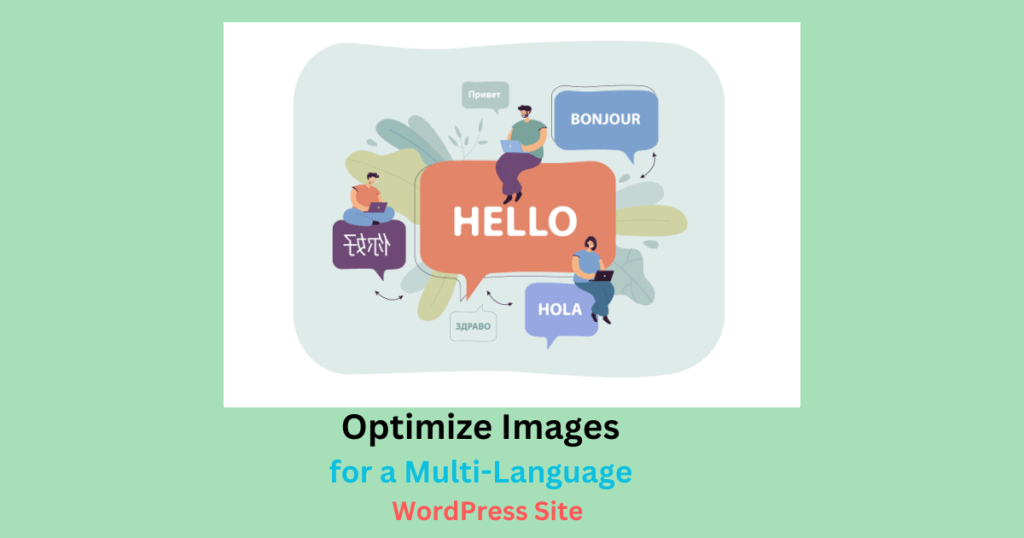
The efforts to optimize images for a multi-language WordPress site are crucial as visuals take up a large part of website content. This impacts a WordPress site’s loading time, user experience, and search engine rankings.
According to a Google study, the average website page weight is 2.2MB, and images constitute 64% of the weight. Image optimization is even more critical in a multi-language WordPress website.
Images need to be optimized for each language your WordPress site uses. While this may be a time-consuming task, there are tools and hacks that site owners use to ensure that visitors have a smooth user experience.
Using optimization techniques, site owners can transcend language barriers while maintaining swift performance across different linguistic versions. This guide explores various practical ways to optimize images for a multi-language WordPress site.
Strategies for Handling Images in Different Languages
Handling images in different languages isn’t challenging with the proper tools and hacks. Here are some ways to harness the power of images across languages and cultures:
Translating Image Text and Overlays
Translating image text and overlays is a viable strategy to optimize images for a multi-language WordPress site. If your images contain embedded text, ensure they can be easily translated and localized. Use design techniques that allow for flexible placement of text overlays.
Consider separating the text from the image so that it can be translated independently. This approach enables the translation of image text without compromising the image’s visual integrity.
Maintaining Consistent Visual Branding Across Languages
It’s important to align visual and linguistic aspects to convey a similar message across all languages. Both help optimize images for a multi-language WordPress site. Develop comprehensive brand guidelines that encompass both visual elements and language considerations.
The guidelines should outline visual aspects such as color palettes, typography, logo usage, and design principles. They should also maintain consistent language tone, voice, and messaging across all language versions.
Dealing With Language-Specific Image Preferences
Create language-specific versions of your images when necessary. You can adapt or recreate images to suit the target audience’s cultural context, preferences, and language.
Consider using images with diverse individuals or culturally relevant elements to enhance localization and resonate with the audience. These hacks help optimize images for a multi-language WordPress site.
User Interface (UI) Considerations
The overall user interface plays a role when looking to optimize images for a multi-language WordPress site. When designing your website, consider the impact of different languages on the user interface (UI). Some languages need more space or have different text directionality. This affects the layout and positioning of images.
Hence, your UI design should be flexible to accommodate language variations. It should accommodate the language variations without compromising the visual appeal or usability of the images. The trick is customizing the design of translated pages to have a specific font for each language.
Ensure the Language Switching Options are Straightforward
Use a prominent language selector, such as identifiable logos or country flags. For easy identification, the selector should be consistent throughout all pages, such as the header or footer.
A dropdown menu or list format display makes it easy for customers to select their chosen language. Ensure the list is scrollable for numerous language selections.
How to Optimize Images for a Multi-Language WordPress Site
1. Use of Adaptive Images
Responsive image techniques serve appropriately sized images based on the user’s device and screen size. These techniques help optimize images for a multi-language WordPress site. For instance, you can implement the srcset and sizes attributes in the image markup.
The srcset attribute specifies the available image sources and their respective widths. The sizes attribute defines the media conditions for each image source. This helps the browser determine the most suitable image to download based on the device’s screen size.
Some plugins, like ShortPixel, enable automatic generation of responsive images. It generates multiple image sizes during the upload process. It will then serve the appropriate version based on the device’s viewport.
2. Image Compression and Formats
Using the right formats and sizes helps optimize images for a multi-language WordPress site. Use the appropriate image format based on the content and purpose of the image. JPEG is best for photographs and complex images.
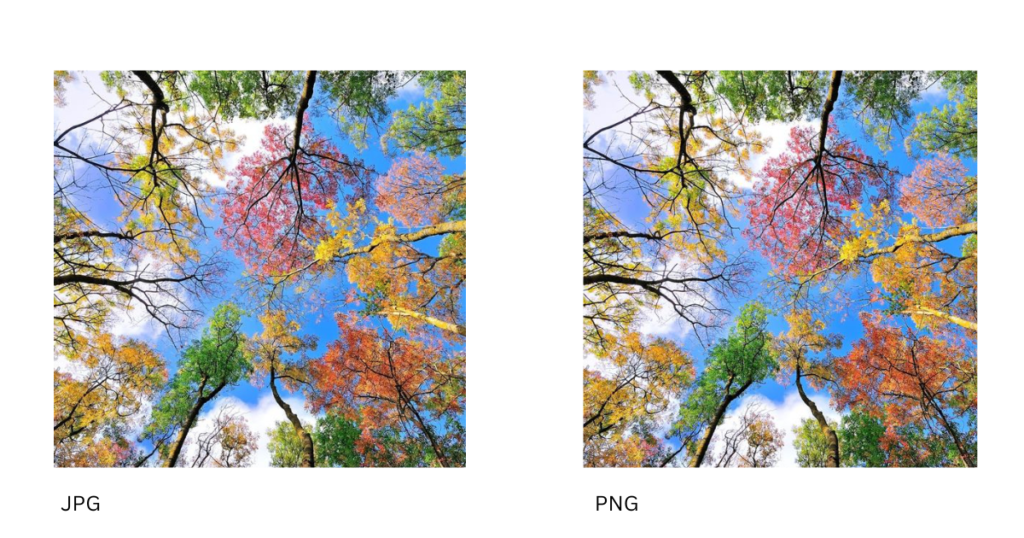
PNG works well for graphics, logos, and images with transparency. WebP offers smaller file sizes without sacrificing image quality. But, not all browsers support the WebP image format. Use image compression techniques to reduce file sizes without significant loss in quality.
There are various optimization options to reduce image file sizes without compromising quality. Select from lossy, lossless, or glossy compression modes depending on your preferences and image content.
Experiment with different modes to find the ideal balance between image quality and file size reduction. The ShortPixel WordPress plugin allows you to compress images during the upload process.
3. Lazy Loading for Faster Loading Times
Lazy loading is worth considering when looking to optimize images for a multi-language WordPress site. Lazy loading improves loading times by deferring image loading until they are needed. ShortPixel also offers a lazy loading feature called ShortPixel Adaptive Images. The feature serves appropriately sized and optimized images based on the user’s viewport.
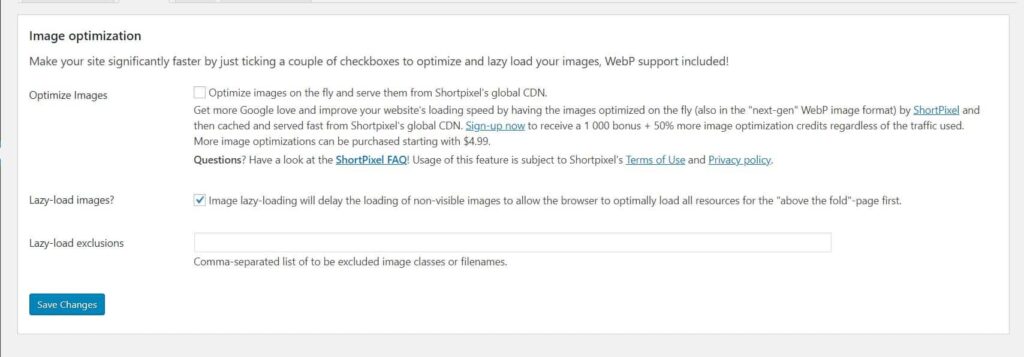
To enable ShortPixel Adaptive Images, go to the ShortPixel settings page. Navigate to the “Lazy Load” tab to activate and configure the lazy loading settings.
You can also customize various aspects of the lazy loading behavior. Adjust the lazy loading effect, exclusion rules, and image placeholder options. Adjust these settings according to your preferences and site requirements.
4. Image Dimensions and Scaling
The right image dimensions and scaling reduce page load times and save bandwidth, especially in a multi-language context where users may have varying internet speeds. The ShortPixel plugin helps users experiment with different image dimensions and scaling without losing quality.

It optimizes images for each language separately. This is crucial because languages may have different content lengths and layouts, necessitating image dimensions and scaling variation.
You could use the plugin to deliver images via a content delivery network (CDN), which improves the load times of images for users worldwide.
5. Alt Text and Accessibility
The alt text provides a textual description of the image, aiding accessibility and SEO. Translate the alt text to the appropriate language for each version of your site.
Ensure the alt text is descriptive, concise, and includes relevant keywords. For example, “Blue widget – German version” or “Blauer Widget – Deutsch.”
If the images contain language-specific text, translate the alt text and captions. Apply this for each language version of your site to ensure users understand the image context.
6. Image SEO for Multi-Language Sites
Give your image files descriptive names with an actual representation of the image’s content. Incorporate relevant keywords related to the image and the targeted language. For example, instead of “IMG123.jpg,” use “blue-widget-german.jpg” for a German version of an image showcasing a blue widget.
When dealing with many language versions of your site, implement hreflang attributes. They indicate the language and target country for each page. This helps search engines understand the relationship between different language versions. It also ensures relevant versions are displayed to users based on their language preferences.
Best Tools for Media Translation in WordPress
You’ll need a more nuanced approach when translating media elements in your WordPress site. Plugins are the go-to place to optimize images for a multi-language website with just a few clicks.
Using the WPML Plugin for Image Translation
The WordPress Multilingual Plugin, or WPML, makes building and running multi-language sites easy. Site owners use the tool to translate posts, pages, custom types, menus, theme texts, and more.
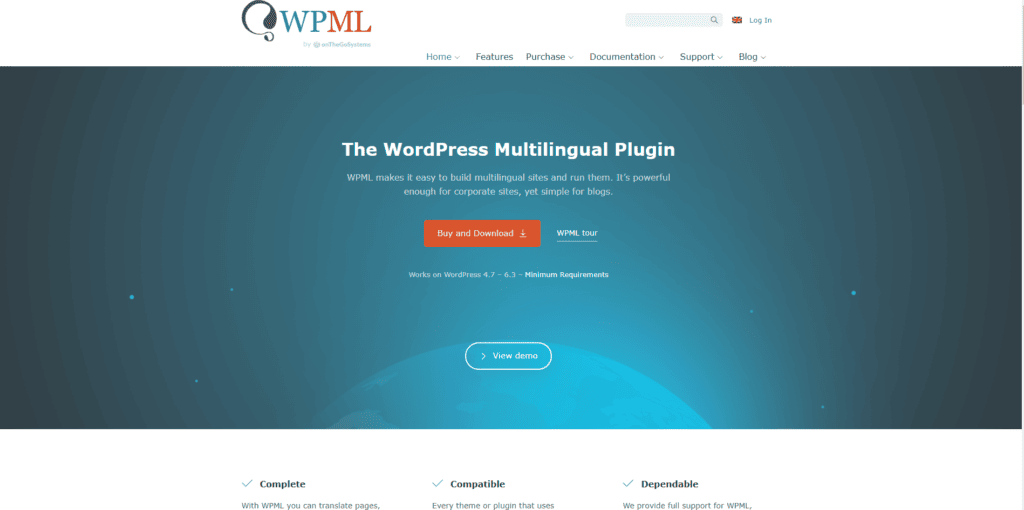
It’s compatible with every theme or plugin that uses the WordPress API. Users get full support from WPML’s team and automatic translation with 90% accuracy. You can also connect WPML with an integrated professional translation service.
WPML has a dashboard where you can choose what to translate, who will translate it, and the target language. On the dashboard, you can test SEO metadata for translation and control how your URLs appear.
TranslatePress and Image SEO
The TranlatePress plugin is a WordPress translation tool that makes translating your website into many languages easy.
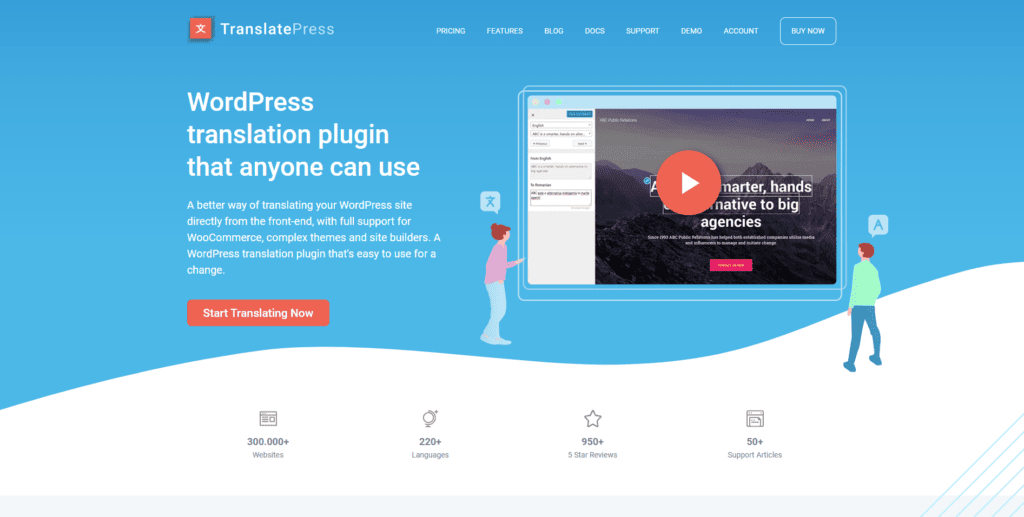
It includes other features, such as translating image alt text, titles, and captions.
How TranslatePress Handles Image Translation
TranslatePress simplifies the process of translating a WordPress site in various ways, including:
1. Image Duplication: The tool duplicates existing images for each language. This ensures your visuals remain consistent with the linguistic context.
2. Contextual Translation: TranslatePress lets WordPress site owners provide image descriptions, alt text, and captions in the target language. This enhances accessibility and comprehension, which caters to site visitors who don’t understand the original language of the content.
3. Media Library Translation: Integrating with the WordPress media library eliminates the need for separate image-handling procedures while simplifying content management.
4. Metadata Consistency: TranslatePress preserves the metadata associated with images, including captions, file names, and descriptions. This consistency across languages helps search engines in ranking your content.
Final Thoughts
Images are essential for multilingual websites since they help break up text while making your website appealing. Optimizing your WordPress site using translation, tweaking image dimensions, and scaling helps enhance site performance and elevates user experience.
Optimizing images for a multilingual WordPress site shouldn’t be challenging using the strategies in this guide. You get to reduce load times and minimize bandwidth usage, contributing to your WordPress site’s seamless navigation.